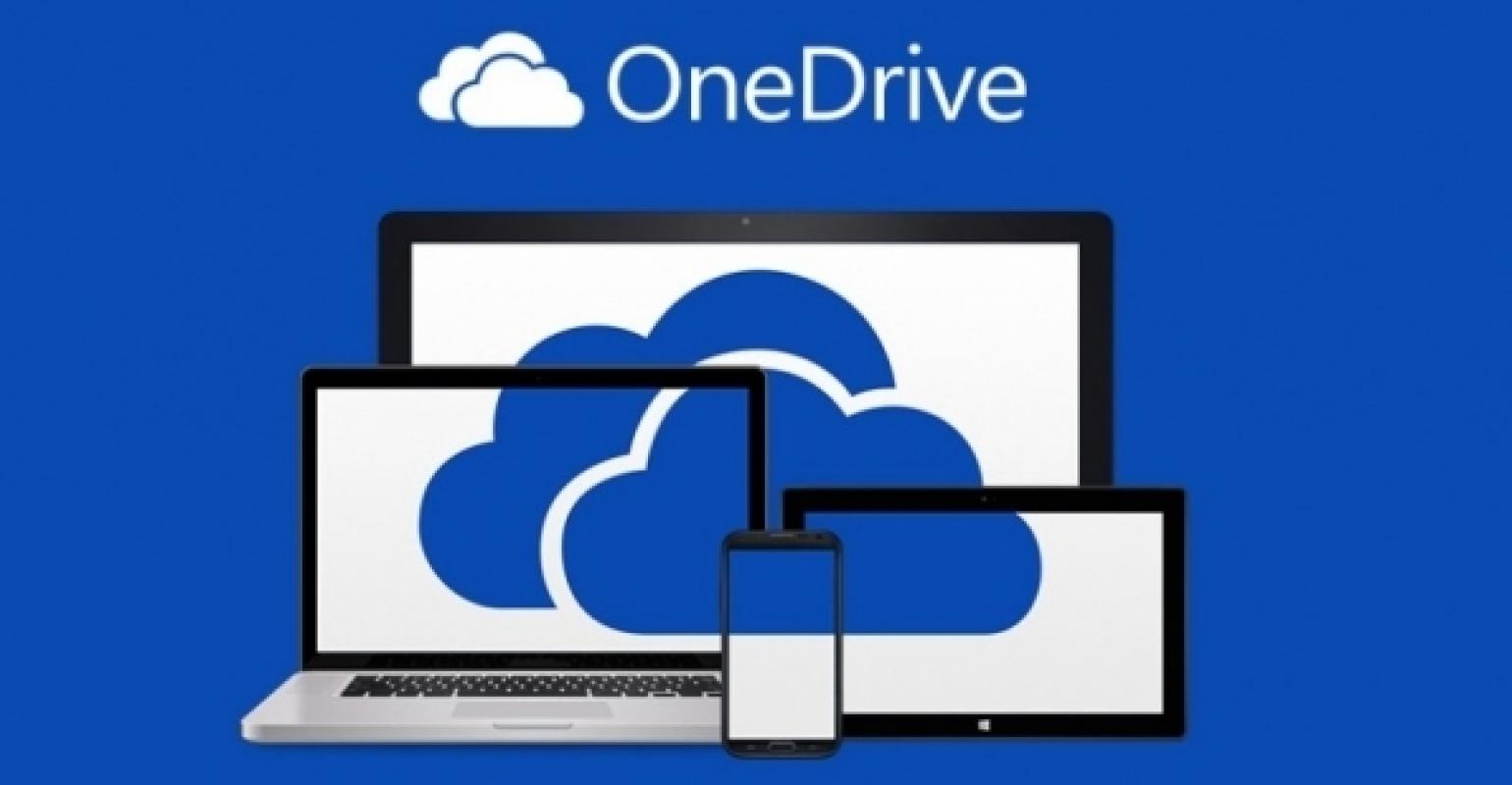What Is Data Migration?
It is a process that involves the selection, preparation and extraction of data. You can read more about that here. This is subsequently transformed and transferred permanently from the storage of one computer to the storage of another. Migrated data is then validated for completeness after which the source storage is decommissioned as segments of the whole process of movement.
When looking at system implementations, consolidation or systems upgrade, migration considerations are fundamental. Usually, the process requiring migration is designed to be automated, allowing human resources take up other tasks.
Because of the high tendency for migration procedures to fail, planning has become essential in these undertakings. The things requiring migration are selected based on factors like dependencies, technical requirements and project. Scenarios are developed with mappings, scripts and procedures; these are of course tested. The format and tools are decided, and what would be acquired is acquired.
After these, the migration is undertaken. When this has been done, a post migration analysis is undertaken to determine the accuracy of the translation of data, the completeness and what the new system has to offer with regards to support. In this post migration check, both systems might be run simultaneously to search out areas of differences. Hopefully, this would prevent any form of loss due to errors.
When is it Necessary?
A number of things could make an organization desire to migrate its data. Infrastructural changes is one reason while another reason may be the organization’s desire to move its sensitive and important information from its data warehouse to a cloud storage.
Acquisitions or mergers is another reason why an organization might have need to initiate a move. In this case, the movement could occur to an existing warehouse from the acquiring party or a new warehouse could be created and data migrated from the warehouses of the merging organizations to this new location.
Upgrading a system could compel the need to migrate things. A system might be upgraded with up-to-date requirements, and data would have to be moved from a previous storehouse. The growth of an organization could also bring about the need for information migration. When the departments of an organization increase, there may be need to move data to a central location accessible to all the departments.
Assessing Migrating Tools
Successful migration would require good migrating tools. There are quite a number of these tools out there. Your choice of tool will be dependent on what you desire to achieve. Is your movement within the same environment or are you moving to a cloud? Is cost consideration a major factor?
Would the data model you are operating on require changing? Would there be a need to merge with other data, have them cleansed or enriched? That is, would your data be transformed in the process of movement? What about security? Are you migrating sensitive information? These are some of the things to consider in order to pick the right tool.
If your intention is not to move to a cloud, but to move them between servers within the same network or enterprise, then going for on-premise tools will be appropriate. If you are equally considering security, these on-premise tools should be considered. As long as the intention is not to move to the cloud, this solution is optimal.
Cloud-Based Movements
On the other end are tools that aid in moving to the cloud. They are a very recent technology so, if your aim is to move from an on-premise location, from one cloud location to the other, or from a stream or an application, then these cloud-based tools will be your recommendation. Your choice is already made for you if what you want to move is already located in the cloud or its destination is the cloud.
One other advantage the tools that migrate to the cloud have is their flexibility with regards to data type within their handling capacity. Those who choose to migrate to the cloud often concern themselves with the appropriateness of the tools to use because of security considerations and cost effectiveness.
One other set of tools worth considering are those called Open Source. They are software meant for public use; anyone can modify them to suit their particular need or purpose. A number of tools you will find being sold are actually built from open source applications. This open source option can be what you need if what you desire to migrate is not a large file or the procedure is not a complex one. All you may need is to get some coding to be able to use it.
The OneDrive Option
OneDrive is a cloud based storage system. To be able to successfully move files to it or from it, you will require cloud-based migration tools. Cloud storage systems are built on recent technology and offer great flexibility for your files and their movement. OneDrive migration tools come handy to help you successfully migrate to the cloud; OneDrive. For more on this migration tools, you can go to this site here https://www.cloudfastpath.com/onedrive-migration-tool/ and learn more about it.
Finally, it is worth mentioning that a difference exists between data integration and data migration activities. While integration deals with the architecture of the IT system in charge of how data flows between application and stores, migration is an undertaking that sees data moved to new locations and with former locations decommissioned.






